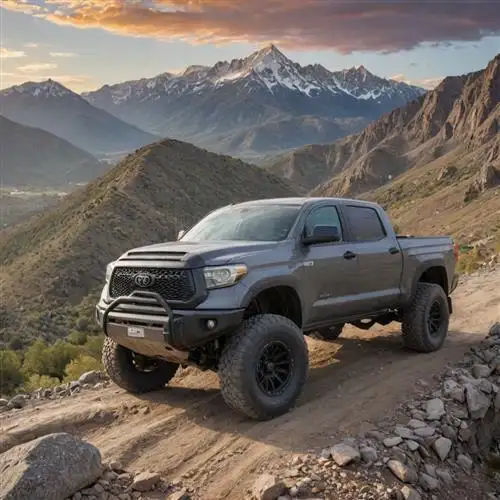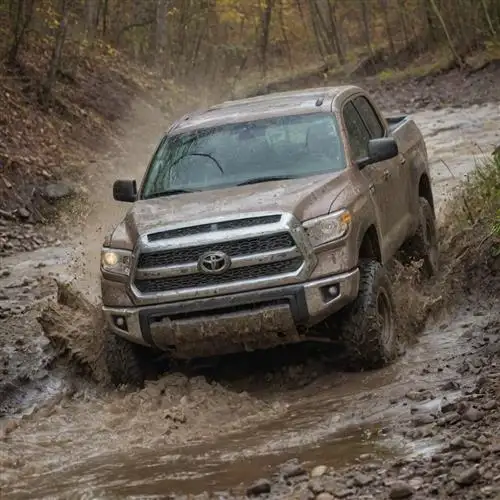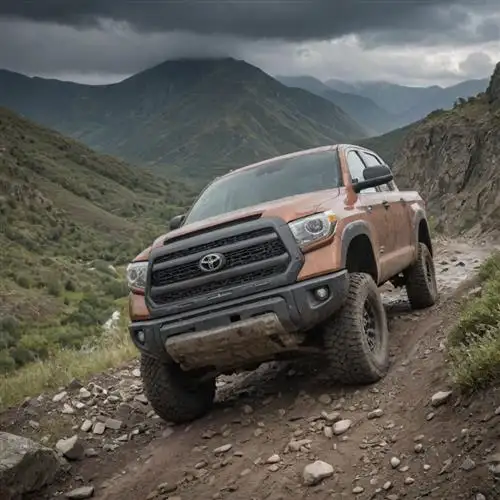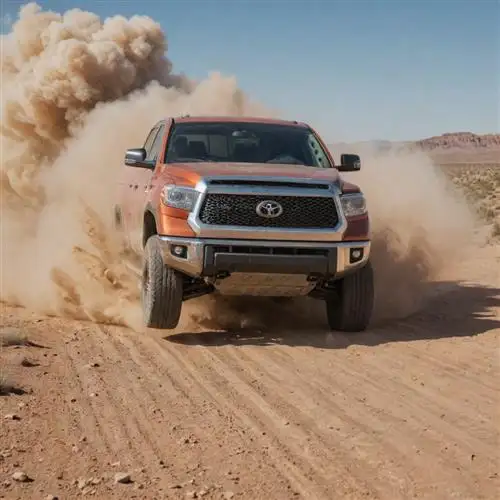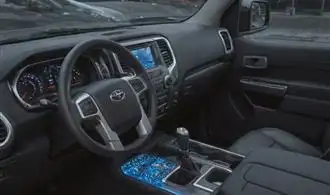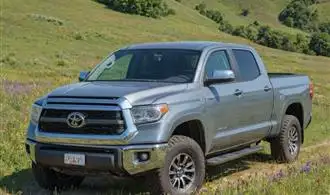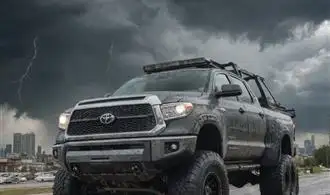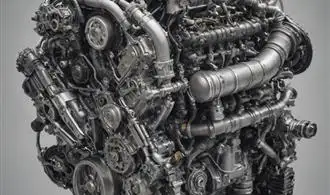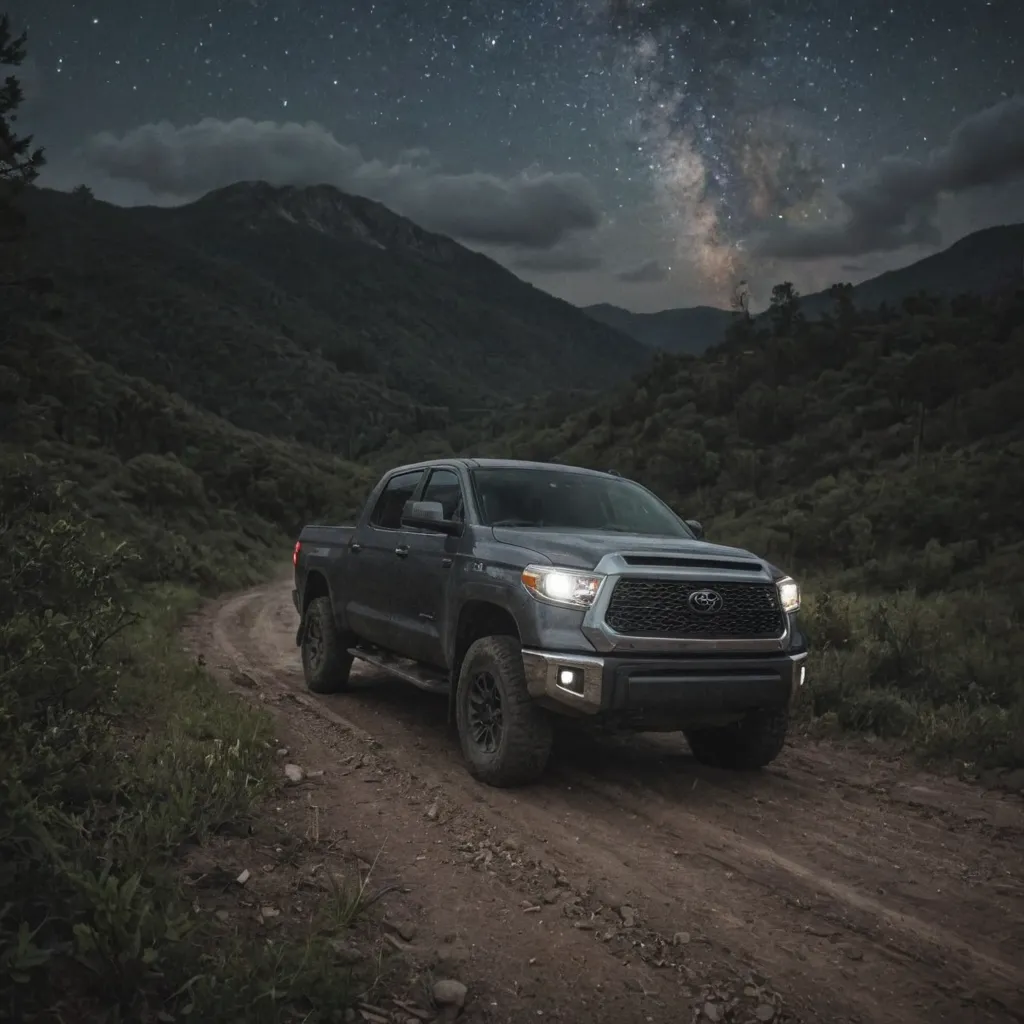
Lift Kits and Suspension Upgrades
Equipping your Toyota Tundra with the right lift kit and suspension upgrades is crucial for epic off-road adventures. A well-chosen lift kit can transform your truck's capability, allowing you to tackle rougher terrain, navigate obstacles with ease, and improve the overall ride quality. When selecting a lift kit, consider factors such as the desired height increase, the quality of the components, and the compatibility with your Tundra's specific model and year.
Among the popular lift kit options for the Toyota Tundra are body lifts and suspension lifts. Body lifts provide a simple and cost-effective solution, raising the body of the truck without affecting the suspension. This option typically offers a lift of 2-3 inches, allowing for larger tires without significant changes to the vehicle's handling or ride. Suspension lifts, on the other hand, involve replacing the stock suspension components with taller and more robust alternatives. These kits can provide a lift of 4-6 inches or more, significantly improving ground clearance and off-road performance.
When upgrading the suspension, it's essential to choose high-quality components that are designed specifically for the Toyota Tundra. Reputable brands such as Fox, Bilstein, and King offer a range of shock absorbers, coil springs, and control arms that can transform the truck's handling and responsiveness. These upgrades often include features like adjustable damping, increased travel, and improved articulation for enhanced off-road capability.
In addition to the lift kit, consider pairing your suspension upgrades with larger tires and wheels. This combination can further improve your Tundra's off-road prowess, providing better traction, increased ground clearance, and a more aggressive look. When selecting tires, opt for all-terrain or mud-terrain variants that are rated for the desired load and speed requirements.
Beefing Up the Tires and Wheels
When it comes to modifying your Toyota Tundra for off-road domination, upgrading the tires and wheels is a critical step. The right tire and wheel combination can transform your Tundra from a capable on-road truck to a formidable off-road beast, ready to tackle any terrain you throw at it. In this section, we'll dive deep into the world of Tundra tire and wheel upgrades, exploring the key factors to consider and the best options to elevate your off-road performance.
The tires on your Tundra are the primary point of contact with the ground, and they play a pivotal role in your off-road capabilities. When choosing tires for your Tundra, look for options designed specifically for off-road use. All-terrain (A/T) or mud-terrain (M/T) tires are excellent choices, as they offer enhanced traction, durability, and sidewall strength to handle the rigors of off-road driving. Consider factors such as tire size, tread pattern, and load rating to ensure your tires can support the weight of your Tundra and the demands of your adventures.
Complementing your tire selection, upgrading the wheels on your Tundra can further improve its off-road performance and aesthetics. Look for wheels with a higher offset and a wider stance to provide better stability and control on the trail. Aluminum or steel wheels are popular choices, as they offer a balance of strength and weight savings. Additionally, consider wheels with a more aggressive or off-road-oriented design, which can enhance the overall visual appeal of your Tundra.
- Larger tire sizes, such as 33-inch or 35-inch, can significantly improve your Tundra's ground clearance and traction, making it better equipped to tackle obstacles and rough terrain.
- However, when selecting larger tires, ensure that they fit within your Tundra's wheel wells without rubbing or causing interference with other components.
- You may need to consider suspension lift kits or other modifications to accommodate the larger tires and wheels, ensuring a seamless and safe installation.
Protecting Your Tundra with Skid Plates
When embarking on off-road adventures with your Toyota Tundra, one of the most critical modifications you can make is the installation of skid plates. These sturdy underbody armor pieces shield your vehicle's vital components from the relentless abuse of rocks, logs, and other obstacles encountered on rugged terrain. Skid plates are a must-have for Tundra owners who value their truck's performance, longevity, and safety.
Choosing the right skid plates for your Tundra can be a daunting task, but understanding the key factors can make the process smoother. The material composition is crucial, as skid plates made from high-strength steel or aluminum offer superior protection compared to their plastic or composite counterparts. Thickness is another important consideration, with thicker plates providing more robust shielding but potentially adding unwanted weight.
Installation is the next critical step, and it's essential to ensure a proper fit to maximize the effectiveness of your skid plates. Many manufacturers offer custom-fit solutions that contour to the unique shape of the Tundra's underbody, ensuring seamless integration and optimal coverage. Proper mounting techniques, such as secure bolting or welding, are crucial to prevent the plates from shifting or detaching during intense off-road maneuvers.
Maintaining your skid plates is equally important. Regular inspection for cracks, dents, or signs of wear is vital, as damaged plates may compromise their protective capabilities. Cleaning the plates to remove accumulated mud, debris, and corrosion can help extend their lifespan and preserve their appearance.
When choosing skid plates for your Toyota Tundra, consider the specific terrain and obstacles you'll encounter. For instance, if you frequently traverse rocky trails, you may require more comprehensive coverage, including plates for the engine, transmission, and transfer case. Conversely, if your off-road adventures involve mostly soft, sandy surfaces, a more streamlined set of skid plates may suffice.
Optimizing Performance with Engine and Drivetrain Upgrades
Unleashing the true potential of your Toyota Tundra for epic off-road adventures requires a strategic approach to engine and drivetrain modifications. Whether you're seeking increased power, improved traction, or enhanced overall capability, the right upgrades can transform your truck into a formidable off-road machine.
Engine Upgrades: The heart of your Tundra's performance lies in its engine. Consider bolt-on modifications such as high-flow air filters, performance exhaust systems, and engine tuning to unlock additional horsepower and torque. Upgrading the fuel system with larger injectors and a high-flow fuel pump can further enhance the engine's ability to deliver power when and where you need it most.
Forced Induction: For a more substantial power boost, turbocharger or supercharger kits can dramatically increase engine output. These forced-induction systems harness the power of compressed air to force more fuel into the cylinders, resulting in a significant increase in power and torque. However, these upgrades require careful selection and installation to ensure they work seamlessly with your Tundra's existing systems.
Transmission and Differential Upgrades: The drivetrain plays a crucial role in transferring power to the wheels, and upgrading components in this area can enhance off-road capability. Consider a heavy-duty transmission and high-performance clutch to handle the increased power. Upgrading the differentials, both front and rear, with stronger gears and locking mechanisms can improve traction and control in challenging terrain.
Suspension Modifications: To complement the engine and drivetrain upgrades, suspension modifications can elevate your Tundra's off-road performance. Lift kits, upgraded shock absorbers, and reinforced control arms can increase ground clearance, improve wheel articulation, and provide a smoother ride over rough terrain.
Tire and Wheel Selection: The right tires and wheels can make a significant difference in your Tundra's off-road capabilities. Opt for high-quality all-terrain or mud-terrain tires with aggressive tread patterns and ample sidewall protection. Pair them with sturdy, off-road-focused wheels that can withstand the rigors of the trail.
Lighting the Way with Advanced Off-road Lighting
When it comes to tackling treacherous off-road terrain in your Toyota Tundra, having the right lighting setup can make all the difference. Upgrading your Tundra's lighting system is not just about improving visibility; it's about enhancing your overall off-road experience, ensuring you can navigate safely and confidently, even in the darkest of conditions.
One of the most crucial upgrades you can make is investing in a set of high-performance off-road lights. LED light bars have become a popular choice among Tundra enthusiasts, as they offer unparalleled brightness, durability, and energy efficiency. These versatile lighting solutions can be mounted on the roof, grille, or bumper of your Tundra, providing a wide, concentrated beam of light that can illuminate the trail ahead.
When selecting LED light bars, consider factors such as the luminous intensity (measured in lumens), beam pattern (spot, flood, or combination), and durability (waterproof and shock-resistant ratings). Opt for well-known brands that offer high-quality components and robust construction, as these lights will need to withstand the rigors of off-road driving.
In addition to LED light bars, you may also want to consider installing auxiliary off-road lights. These can include driving lights, cube lights, or pod lights, which can be strategically placed around your Tundra to enhance visibility and provide additional illumination where it's needed most. These smaller, focused lights can be particularly useful for illuminating specific areas, such as the sides of the vehicle or the rear work area.
When it comes to wiring and installation, it's crucial to follow best practices to ensure the longevity and proper functioning of your off-road lighting system. This may include using heavy-duty wiring, fuses, and relays to handle the increased power demand and prevent electrical issues. Proper mounting and weatherproofing are also essential to protect the lights from the elements and ensure they remain securely in place during off-road adventures.

